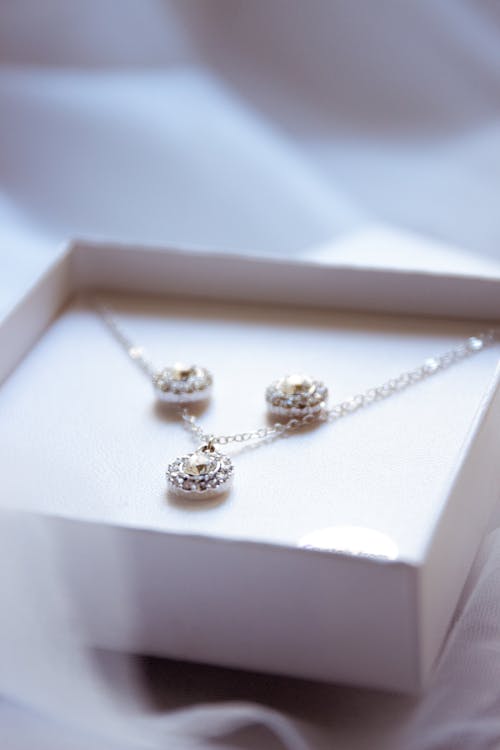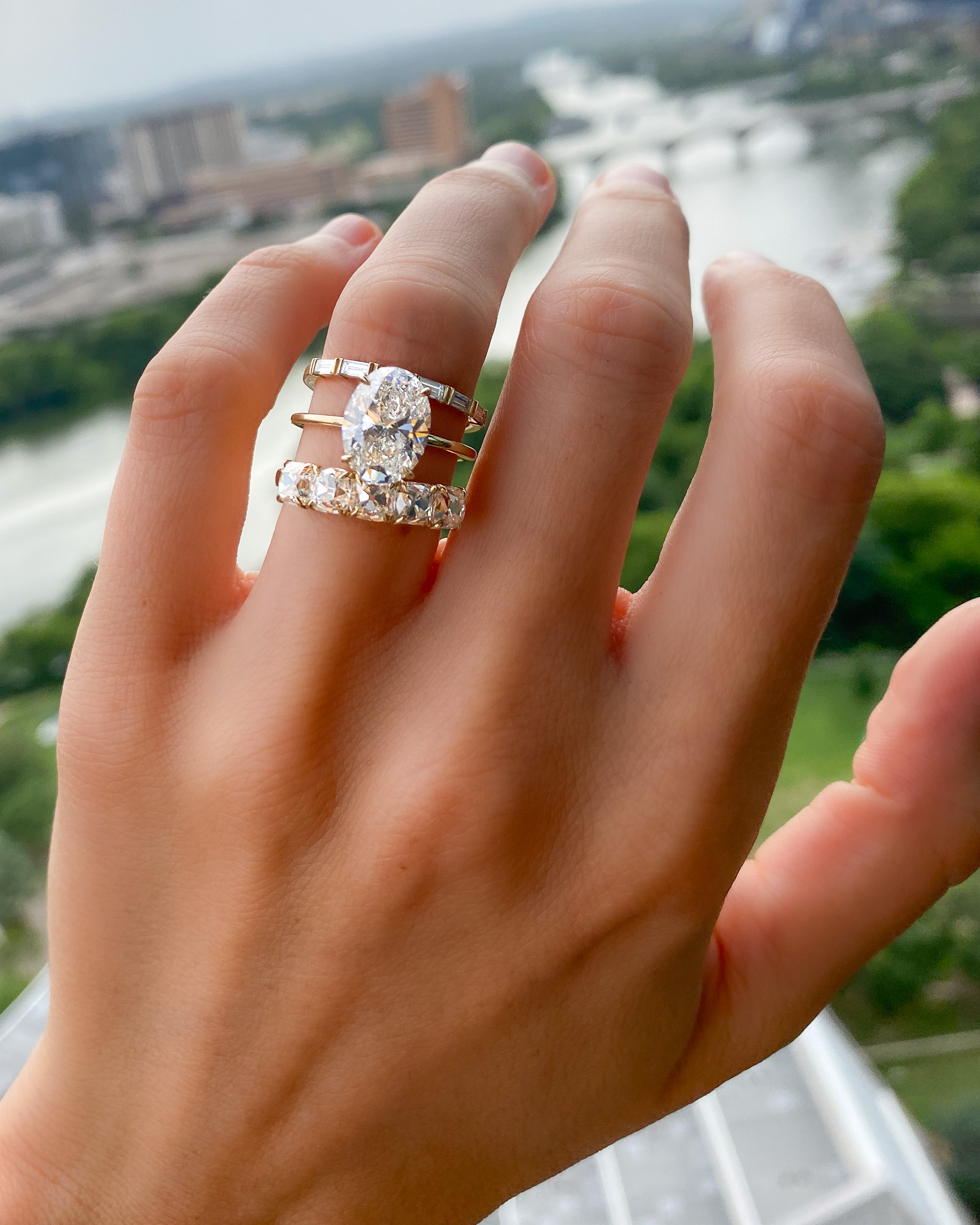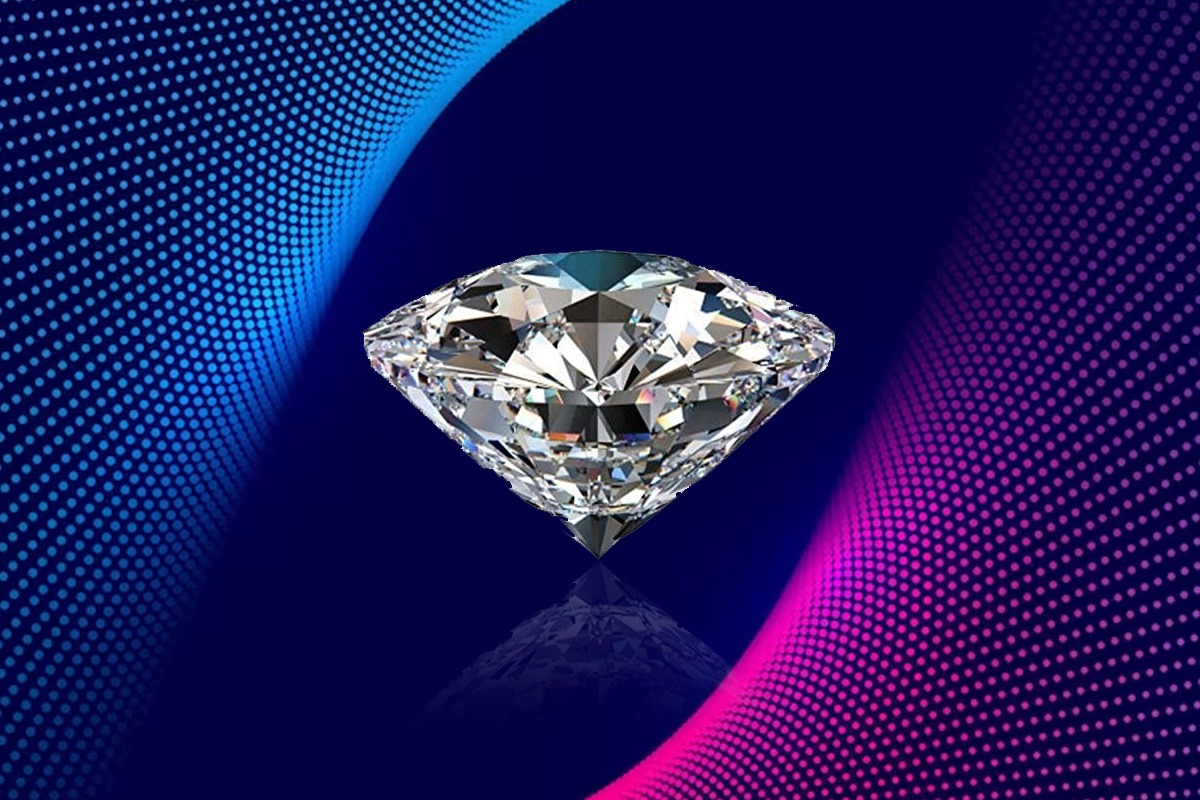Table of Contents
1. Introduction
In recent years, lab diamonds have been making waves in the jewelry industry, offering consumers a sustainable and ethical alternative to traditional mined diamonds. But what exactly are lab diamonds, and why are they gaining such popularity?
What are lab diamonds?
Lab diamonds, also known as synthetic or cultured diamonds, are created in controlled laboratory environments using advanced technological processes that mimic the natural conditions under which diamonds form in the Earth’s crust.
Growing popularity
With growing concerns about the environmental and ethical impacts of traditional diamond mining, consumers are increasingly turning to lab-grown options as a more responsible choice. But beyond their sustainability credentials, lab diamonds are also gaining traction for their affordability and versatility in design.
2. Cultural Perspectives
Diamonds have held significant cultural and symbolic value across various societies for centuries. Understanding the historical and cultural contexts surrounding diamonds can provide insights into how lab diamonds are perceived today.
Historical significance
From ancient civilizations to modern societies, diamonds have been revered as symbols of wealth, status, and eternal love. In many cultures, the exchange of diamond jewelry holds profound emotional and social significance, often marking significant milestones such as engagements, weddings, and anniversaries.
Cultural attitudes towards diamonds
While diamonds have long been associated with luxury and prestige, cultural attitudes towards them have evolved over time. In some cultures and lab diamonds are deeply ingrained in traditional customs and rituals, while in others, they may carry different meanings and associations.
3. Environmental Impact
One of the key driving factors behind the rise of lab diamonds is growing awareness of the environmental impact of traditional diamond mining practices.
Sustainability concerns
The process of extracting natural diamonds from the Earth’s crust involves significant environmental disruption, including habitat destruction, soil erosion, and water pollution. Additionally, diamond mining operations often have a substantial carbon footprint due to energy-intensive processes and transportation logistics.
Cultural shift towards eco-friendly options
As consumers become more eco-conscious, there is a growing demand for sustainable alternatives to conventional products, including diamonds. Lab-grown diamonds offer a more environmentally friendly option, as they require significantly less energy and water to produce and have minimal impact on natural ecosystems.
4. Economic Factors
In addition to their environmental benefits, lab diamonds also present compelling economic advantages for both consumers and the diamond industry as a whole.
Affordability of lab diamonds
One of the most significant advantages of lab-grown diamonds is their affordability compared to natural diamonds. On average, lab diamonds are priced at 20-40% less than their mined counterparts, making them accessible to a broader range of consumers.
Impact on traditional diamond industry
The rise of lab diamonds has disrupted the traditional diamond industry, prompting established players to adapt their business models to compete in the changing market landscape. While some have embraced lab-grown diamonds as a complementary offering, others have expressed concerns about potential cannibalization of their natural diamond sales.
5. Social Trends
The influence of popular culture and celebrity endorsements has played a significant role in shaping consumer perceptions of diamonds, lab made diamonds, and driving trends in the jewelry market.
Influence of celebrity endorsements
Celebrities and influencers often serve as trendsetters in the fashion and luxury sectors, influencing consumer preferences and purchasing decisions. Endorsements from high-profile figures can help popularize lab-grown diamonds and challenge traditional notions of luxury and exclusivity.
Changing perceptions of luxury
As attitudes towards sustainability and ethical consumption continue to evolve, there is a growing recognition that luxury is no longer solely defined by price or rarity. Instead, consumers are placing greater value on authenticity, craftsmanship, and social responsibility, leading to a shift towards more sustainable and ethically sourced products.
6. Ethical Considerations
Ethical concerns surrounding the diamond industry, particularly regarding human rights abuses and conflict financing, have fueled demand for ethically sourced alternatives like lab-grown diamonds.
Conflict-free sourcing
One of the most significant ethical issues associated with natural diamonds is the phenomenon of conflict diamonds, also known as blood diamonds, which are mined in war zones and sold to finance armed conflicts. Lab-grown diamonds offer consumers peace of mind, knowing that their purchase is not contributing to human rights violations or armed conflict.
Transparency in the diamond supply chain
Transparency and traceability are increasingly important considerations for consumers seeking ethically sourced diamonds. Lab-grown diamond producers typically provide detailed information about the origin and production process of their diamonds, allowing consumers to make informed choices based on their values and preferences.
7. Fashion and Style
Lab-grown diamonds offer designers and jewelers a versatile and sustainable alternative to traditional mined diamonds, inspiring creativity and innovation in jewelry design.
Versatility in design
Lab diamonds can be produced in a wide range of sizes, shapes, and colors, offering designers unparalleled flexibility in creating unique and custom pieces. From classic solitaire engagement rings to avant-garde statement pieces, lab-grown diamonds can be tailored to suit any style or aesthetic.
Influence on jewelry trends
The growing availability and affordability of lab-grown diamonds have contributed to a proliferation of innovative and experimental jewelry designs. As consumers seek out distinctive and personalized pieces, designers are increasingly incorporating lab diamonds into their collections, driving trends towards more sustainable and socially responsible jewelry options.
8. Symbolism and Meaning
The symbolic significance of diamonds transcends cultural boundaries, representing love, commitment, and celebration across diverse societies and traditions.
Perceived value in different cultures
While the cultural meanings attributed to diamonds may vary from one society to another, certain themes such as love, prosperity, and purity are universally associated with these precious gemstones. Lab-grown diamonds carry the same symbolic weight as natural diamonds, symbolizing enduring love and emotional connection regardless of their origin.






